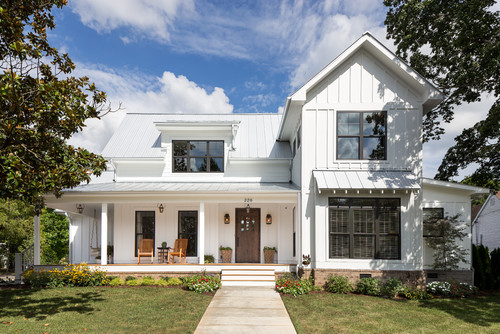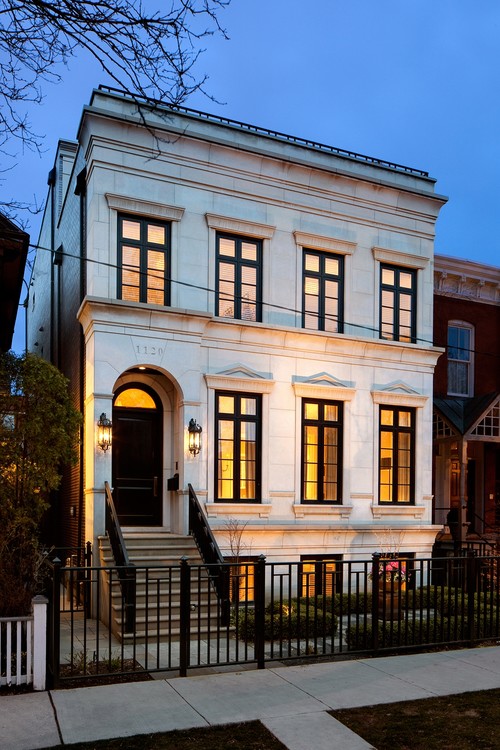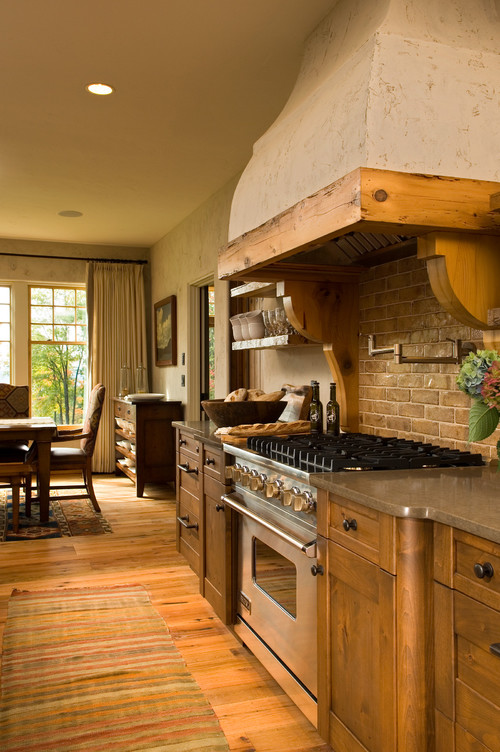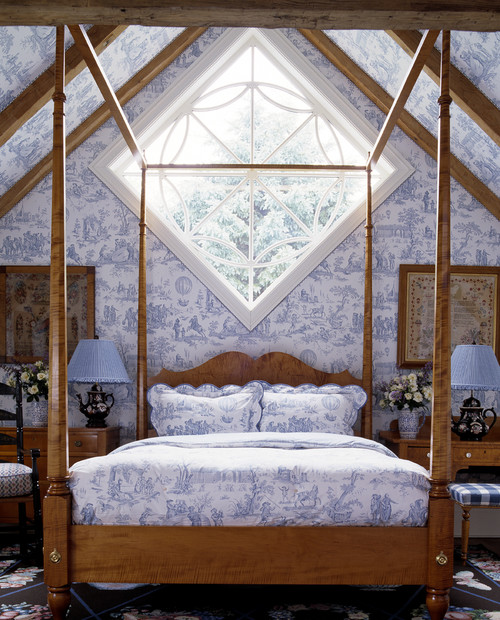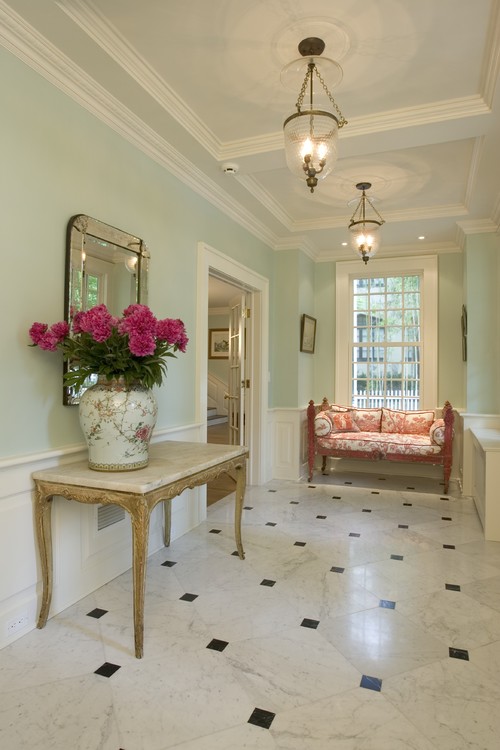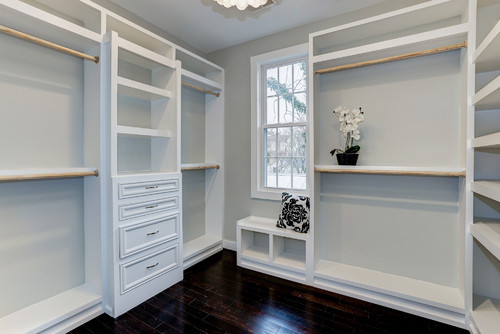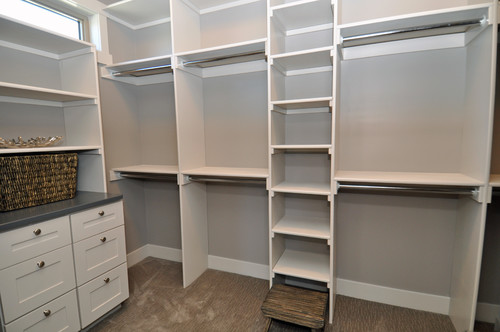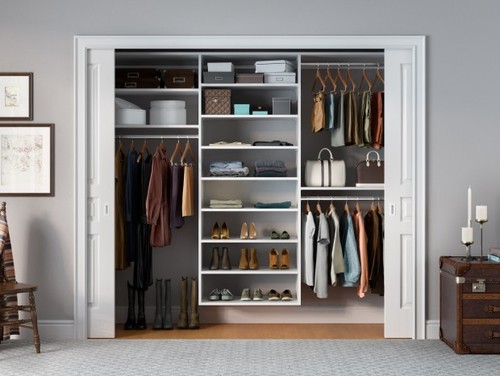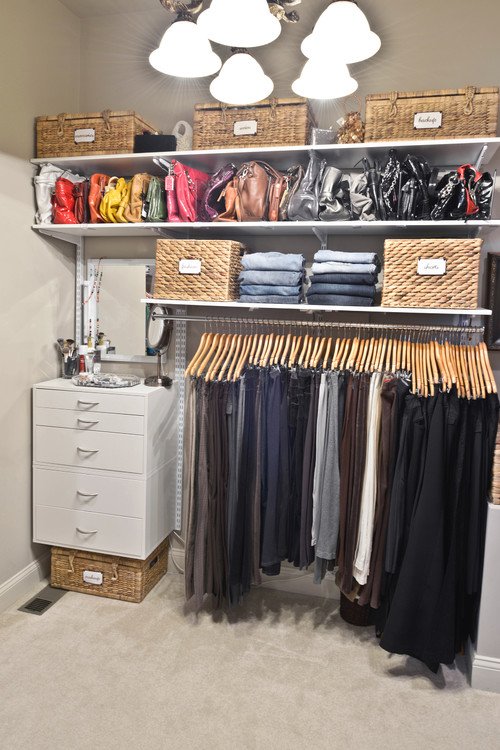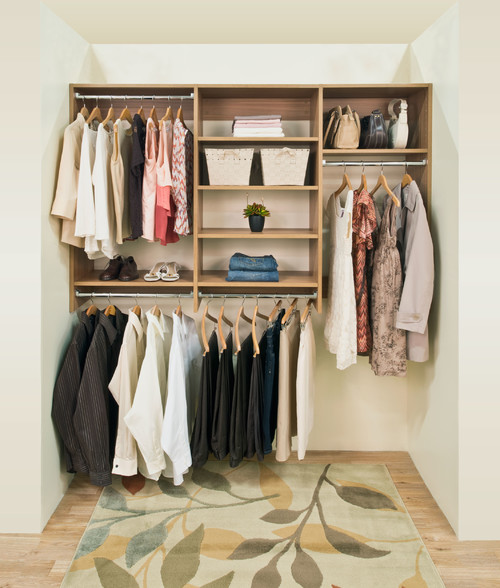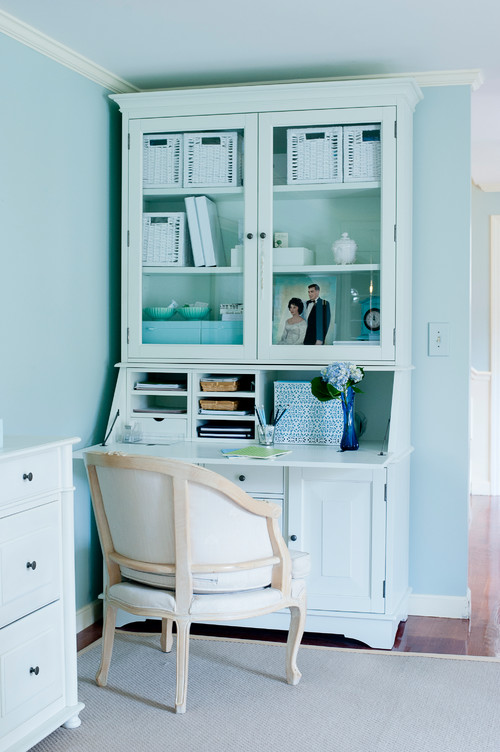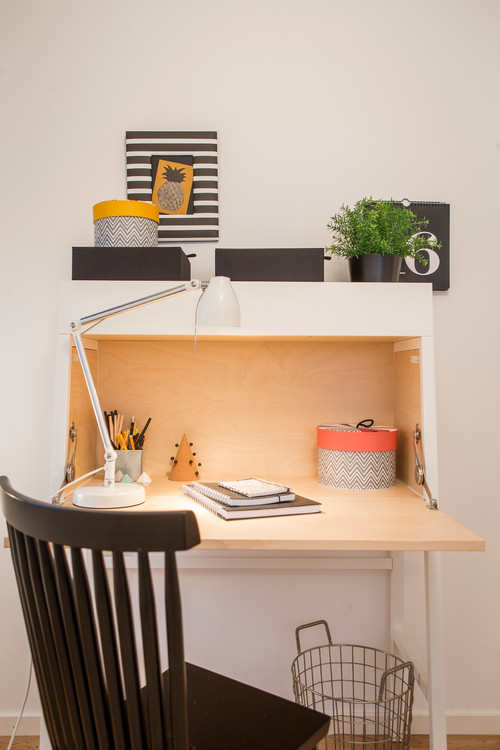Photo courtesy of Havlicek Builders Inc. via Houzz
There’s a myriad of home trends coming and going these days—from the tiny-house movement to maximalist-style new construction.
And it can feel nearly impossible to keep up as a buyer. How can you determine when a home is a good long-term investment that will be desirable to future buyers, versus a decision you’ll come to regret?
The good news is that the ups and downs of trends don’t really matter when it comes to how well your home retains value. As for what does matter, we asked the experts what figures into a home standing the test of time vs. a home that will likely lose value. Here’s what they had to say.
1. Architectural prowess
Forget about the color of the front door, and hear this instead. Palm Beach, FL, real estate agent Baron Christopher Hanson says one of the top determining factors for value-retaining homes lies in how thoughtfully they were built.

